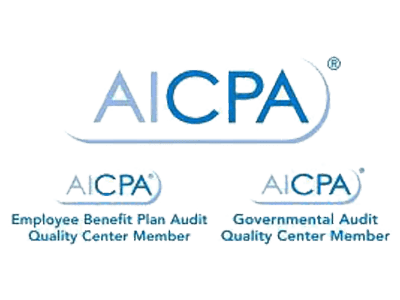The Tax Cuts and Jobs Act (“the TCJA”) created a new deduction for small business owners who operate pass-through entities. That includes domestic companies operated as sole proprietorships or through S corporations, partnerships, certain LLCs, trusts, and estates. Income from such entities may allow business owners to deduct 20% of their qualified business income (QBI).
 On the surface, the deduction may seem straightforward.
On the surface, the deduction may seem straightforward.
Example 1: Laurie Wilson runs her website design company as a sole proprietorship. In 2019, her net income from this business is $100,000. Laurie can take a $20,000 (20% of $100,000) QBI deduction on her 2019 tax return.
However, some business owners may find taking the QBI deduction more challenging.
Learning the Limits
The QBI deduction may be subject to limitation if the taxpayer’s QBI is from a trade or business that pays W-2 wages to employees or has certain qualified property. In addition, the deduction may be limited if the trade or business is one of certain specified service trades or businesses.
Both limitations apply only to taxpayers with taxable income over certain thresholds, which are adjusted annually for inflation. For 2019, the taxable income thresholds are $321,400 for married couples filing joint returns, $160,725 for married individuals filing separately, and $160,700 for single taxpayers as well as heads of household.
Taxpayers who have taxable income above those thresholds may find their QBI deduction reduced or eliminated altogether. In those situations, it may pay to contribute to retirement plans, bringing taxable income below the relevant threshold.
Example 2: Jerry Nolan is the 100% owner of an S corporation. In 2019, Jerry and his wife Marie expect to have taxable income of $350,000. If either or both spouses can contribute a total of $30,000 to a pretax retirement plan, that will bring their taxable income below the $321,400 threshold, helping them to get a full QBI deduction.
Business owners who already have a defined contribution plan in place, for instance, could explore setting up a defined benefit plan, as well. Our office can help you weigh the advantages and disadvantages of this strategy.
From More to Lesser
Even for business owners under the taxable income thresholds, a 20% QBI deduction might not be available. That’s because the QBI deduction is the lesser of 20% of QBI or 20% of taxable income less net capital gain.
Example 3: Steve Thomas has $200,000 of QBI from his consulting firm, which he operates as a sole proprietorship. After taking various deductions (self-employment tax, retirement plan contributions, itemized deductions), Steve winds up with $140,000 of taxable income this year. He has no capital gains for the year.
In this situation, Steve’s taxable income ($140,000) is less than his QBI ($200,000), so Steve’s QBI deduction would be only $28,000: 20% of $140,000.
If Steve can raise his taxable income over $200,000, he could claim a $40,000 QBI deduction. Assume that a $60,000 Roth IRA conversion would add $60,000 to Steve’s taxable income, to just over $200,000. Then Steve’s $200,000 QBI would be the lesser number, and he could take a full $40,000 QBI deduction: 20% of $200,000.
It’s true that a Roth IRA conversion would add to Steve’s tax bill for the year, but the added QBI deduction would be an offset. Once all the numbers are crunched, this could be a relatively low-tax way to move money into a Roth IRA, from which all distributions can be untaxed, after five years and age 59½.
Earnings Don’t Count
Business owners should be aware that QBI is meant to be net business income, after all claimed business deductions have been taken. Thus, the QBI rules exclude salaries to S corporation shareholders and guaranteed payments to LLC members. Those amounts are not QBI, so they don’t merit a 20% deduction.
Some S corporation owners may be tempted to lowball salaries and, thus, increase QBI. However, the tax code requires reasonable compensation for owner-employees. A business owner’s efforts to take a reduced salary in order to increase QBI may lead to an IRS audit, recasting net business income as earnings, and perhaps generating steep penalties.







